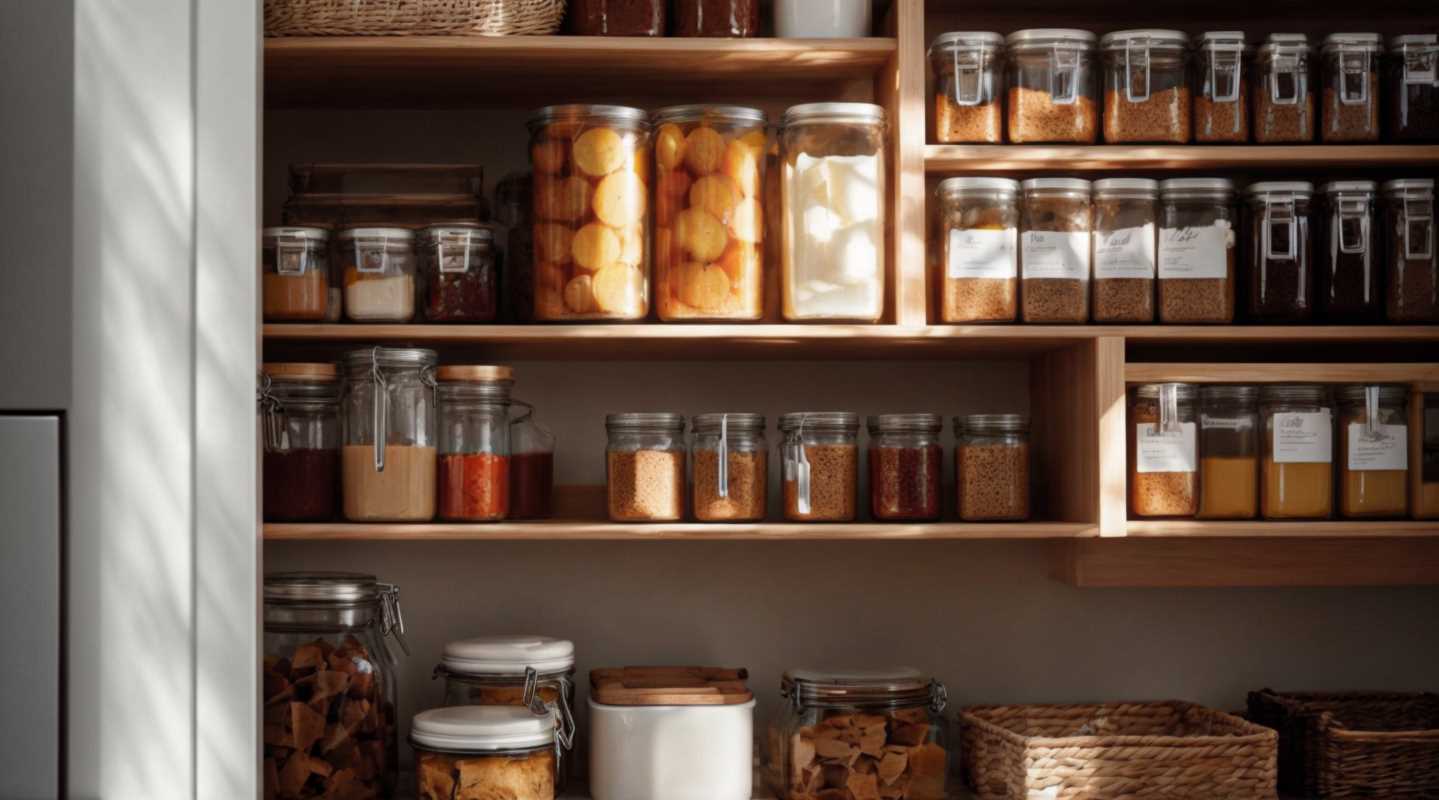Choosing a plant-based lifestyle not only enhances your well-being but also supports a healthier planet. When you cook with fresh ingredients from your own garden, you not only cut down on your carbon footprint but also savor nutrient-dense foods. The joy of harvesting your produce adds an extra layer of fulfillment to your meals. Whether you're an experienced gardener or a novice, growing your own food can transform your eating habits and overall lifestyle. This journey of cultivation enriches your connection to the earth and adds vibrancy to your daily routine, making each meal a celebration of nature's bounty.
Benefits of a Plant-Based Diet
A plant-based diet emphasizes whole, natural foods like vegetables, fruits, grains, nuts, and seeds. This approach can lead to improved health outcomes, including lower risks of heart disease, diabetes, and certain cancers. Plant-based diets also remain environmentally friendly, requiring fewer natural resources and producing less greenhouse gas emissions compared to animal-based diets.
Adopting a plant-based diet also builds a deeper connection with your food sources. By growing your own ingredients, you gain a greater appreciation for the effort involved in producing fresh, wholesome meals. This connection can inspire more mindful eating habits and a commitment to sustainability in other areas of life.
Setting Up Your Garden
- Choose the Right Location: Select a spot that receives at least 6-8 hours of sunlight daily and has good drainage to prevent waterlogging.
- Prepare the Soil: Test your soil’s pH and nutrient levels. Amend with compost or organic matter to enrich the soil and provide essential nutrients for your plants.
- Select Suitable Plants: Choose vegetables, herbs, and fruits that grow well in your climate. Consider your dietary preferences and the space available.
- Planting Schedule: Create a planting calendar to ensure you sow seeds at the optimal time for each plant, considering factors like frost dates and growing seasons.
- Irrigation System: Set up an efficient watering system, such as drip irrigation or soaker hoses, to provide consistent moisture without wasting water.
- Pest Management: Implement natural pest control methods, such as companion planting or introducing beneficial insects, to protect your garden without chemicals.
- Regular Maintenance: Stay on top of weeding, pruning, and harvesting to keep your garden healthy and productive throughout the growing season.
Essential Garden Ingredients for Plant-Based Meals
- Tomatoes: Fresh from the vine, tomatoes add rich flavor to salads, sauces, and soups.
- Leafy Greens: Spinach, kale, and lettuce are packed with vitamins and perfect for smoothies, sandwiches, and sautés.
- Herbs: Basil, cilantro, and parsley enhance the taste of dishes and can be used in natural pest control.
- Root Vegetables: Carrots, beets, and radishes are versatile for roasting, stewing, or adding crunch to salads.
- Peppers: Bell and chili peppers bring color and heat to various recipes, from stir-fries to salsas.
- Squash: Zucchini and butternut squash are excellent for grilling, baking, or making hearty stews.
- Beans and Legumes: Fresh green beans or peas serve as great sources of protein and can be added to numerous dishes for extra nutrition.
Simple Plant-Based Recipes
Fresh Garden Salad: Combine a variety of leafy greens with chopped tomatoes, cucumbers, bell peppers, and fresh herbs. Toss with a homemade vinaigrette using olive oil, lemon juice, salt, and pepper.
Herb-Infused Pasta: Cook your favorite pasta and mix with a sauce made from sautéed garlic, fresh basil, cherry tomatoes, and a drizzle of olive oil. Top with a sprinkle of nutritional yeast for a cheesy flavor.
Roasted Vegetable Medley: Chop root vegetables like carrots and beets, along with zucchini and bell peppers. Toss with olive oil, rosemary, salt, and pepper, then roast in the oven until tender and caramelized.
Stuffed Bell Peppers: Fill bell peppers with a mixture of quinoa, black beans, corn, diced tomatoes, and spices. Bake until the peppers are soft and the filling is heated through.
Fresh Herb Pesto: Blend basil, parsley, garlic, nuts (such as pine nuts or walnuts), and olive oil until smooth. Use as a spread on sandwiches or a sauce for pasta dishes.
Troubleshooting Common Garden Issues
Even with careful planning, gardens can face challenges. If your plants show signs of nutrient deficiencies, consider using organic fertilizers like compost tea or bone meal to replenish the soil. Yellowing leaves often indicate a lack of nitrogen, while purple spots may suggest phosphorus deficiencies.
Pests are another common issue. Instead of resorting to chemical pesticides, try introducing natural predators like ladybugs or praying mantises to keep pest populations in check. Using neem oil or homemade garlic sprays can also deter unwanted insects without harming beneficial ones.
Disease management remains crucial for a healthy garden. Rotate your crops each season to prevent soil-borne diseases from taking hold. Ensure proper spacing between plants to allow for adequate air circulation, reducing the risk of fungal infections. Removing and destroying any diseased plants promptly can also help contain the spread.
Watering irregularities can stress plants. Monitor moisture levels and adjust your watering schedule based on weather conditions. Mulching around plants helps retain soil moisture and regulate temperature, making it easier to maintain consistent hydration for your garden.
By addressing these common issues proactively, you can maintain a healthy garden that consistently provides fresh ingredients for your plant-based meals. Staying vigilant and implementing natural solutions will ensure your garden remains a productive and sustainable source of nourishment.
Starting a garden for plant-based meals is a rewarding way to enjoy fresh ingredients while supporting eco-friendly values. This sustainable culinary journey benefits both you and the environment.







